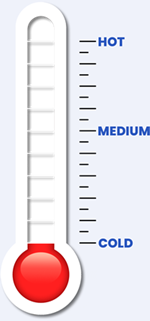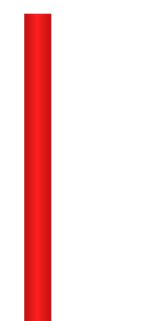-
 Census 2021 Data
Census 2021 Data -
 Homes & Property
Homes & Property -
 Law and Order
Law and Order -
 Jobs & Economy
Jobs & Economy -
 Learning & Schools
Learning & Schools -
 Essential Services
Essential Services -
 Travel & Transport
Travel & Transport -
 Local Amenities
Local Amenities -
 Leisure & Recreation
Leisure & Recreation -
 Environment
Environment
Yield
Broad Pavement, Chesterfield
S40 1RP Chesterfield District (B)
This section gives the estimated property yield for the postcode based on our own unique algorithms, comparing it to the national average. We analyse gigabytes of data to explore why yields might be higher, lower, or in line with expectations. From local market trends to demand and property types, the data paints a clear picture of investment potential in S40 1RP.
Estimated yield for property investors
6.4%
Yield
The estimated yield for the S40 1RP postcode area is 6.4%, which is higher than the national average yield of 3.8%.


Summary
Property yields in S40 1RP are lower than average, which might reflect a more mature or stable market where opportunities for high returns are limited.
The combination of lower yields and higher levels of crime might indicate that the area is significantly less desirable for high-return investments due to its lack of safety. However, it could still appeal to those seeking stable, long-term growth.
The urban nature of S40 1RP suggests that the area is well-connected and densely populated, which typically correlates with strong rental demand and potentially higher yields.
With a lower rate of home ownership, the rental market in S40 1RP is likely more active, offering greater opportunities for investors to capitalise on demand.
Despite the urban appeal, a lower safety score might deter some potential tenants, which could impact rental demand and yield stability.
Factors affecting yield in S40 1RP
Understanding property yield involves considering various factors like affordability, income, and crime rates. These elements influence rental demand, property values, and ultimately, the return on investment.
Property Yield (%)
Yield is the ratio of annual rental income to property value in S40 1RP, serving as a key indicator of investment returns. It's influenced by market trends, demand, and the cost of the property.
Property Affordability
Affordability measures the relationship between property costs and local incomes. Less affordable areas might see rent increases that boost yields, but the reduced buyer interest could impact long-term property values.
Rental Affordability
Rental affordability indicates the share of income spent on rent. Excessive rents in S40 1RP compared to income might dampen tenant demand and decrease yields, while balanced rents can attract and retain tenants, ensuring stable yields.
Household Income
With higher household incomes in S40 1RP, residents are likely to afford higher rents, which can boost yields. However, in affluent areas, elevated property prices might decrease the yield percentage despite good rental income.
Urban Location
Urban locations often yield better returns due to strong rental demand, particularly in cities with a young, mobile demographic. However, the higher property prices in these areas can counterbalance rental income, potentially lowering yield percentages.
Employment Score
Unemployment is a key economic indicator; low employment levels can reduce rental demand and raise vacancy rates, negatively affecting yields. High employment usually signals a stable economy, leading to stronger rental demand and better yields.
Outright Ownership
Outright home ownership often reflects a settled, stable community with lower rental demand, which could lead to reduced yields. On the other hand, areas with fewer outright owners may have higher rental demand, which could enhance yields.
Crime & Safety Levels
High crime levels can discourage renters, decrease property values, and result in lower yields. In contrast, low crime rates make an area more desirable, driving up rental demand and property values, which can enhance yields.
Best Performing Yields
The following postcodes within the S40 location current have the highest performing yields:
Methodology
Our property yield estimates are derived from a custom algorithm built by PostcodeArea that combines data from the Census 2021 and other reliable third-party sources.
This algorithm evaluates several key factors - including affordability, rental affordability, household income, urbanisation, unemployment rates, property ownership levels, and safety. We do this by assigning weighted scores to each factor. These factors are chosen for their relevance to property investment, with the yield percentage itself carrying the most weight due to its direct impact on potential returns.
The algorithm also incorporates conditional logic to assess how different combinations of these factors might influence property yield. For example, a neighbourhood with high rental affordability and strong income levels might indicate robust rental demand, leading to higher yields.
Conversely, areas with high unemployment and low income could see reduced rental demand, potentially lowering yields.
By considering these interactions, the algorithm provides a more nuanced estimate than simple averages or single-factor analyses.
It's important to note that these yield figures are general estimates intended as a guide rather than precise calculations. While the algorithm offers valuable insights based on historical and statistical data, it may not fully capture the unique aspects of each neighbourhood or current market conditions.
Investors should use this information as a starting point for further analysis and consider it alongside other factors such as market trends and personal financial goals.






